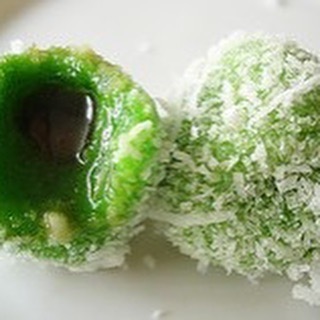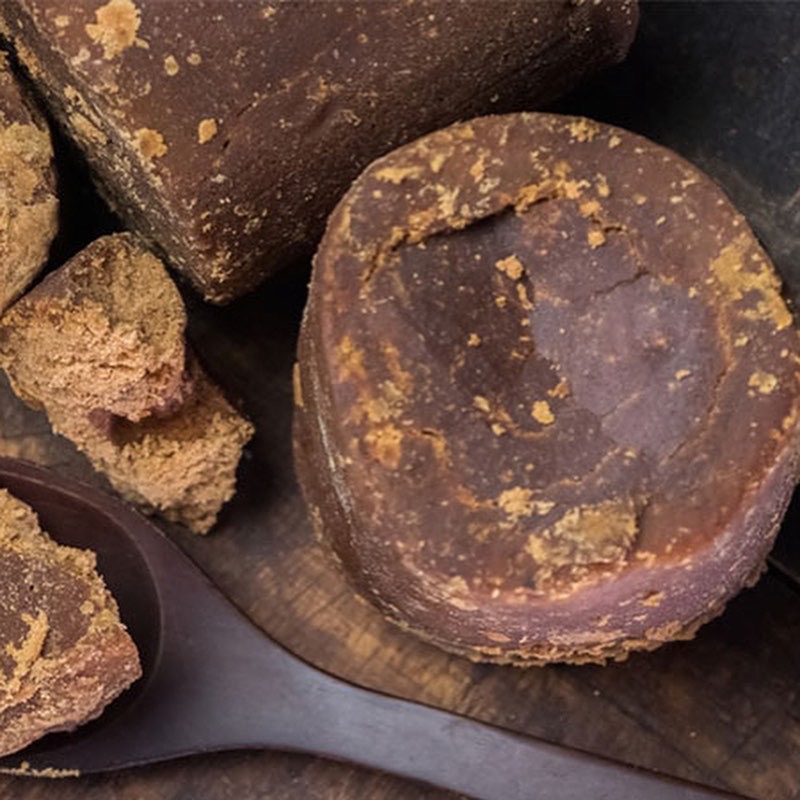The Peranaken community is unique to South East Asia and particularly the Malay archipelago.
Chinese or Indian Traders who sailed to the Malacca straits and plied their wares, couldn’t return to their places of origin until the monsoon winds aligned with their destinations. So they would drop anchor literally and figuratively and spend 4 to 5 months in the entrepôts until the winds favoured their return.
In the interim period they would “marry“ local women and beget children — the original #Thirdculturekids
Peranakan food is a unique combination of timeless recipes made with local ingredients and flavours.
The traditional kuehs or cakes are colourful, varied and truly delicious.
My favourite is the onde onde.

The onde-onde won’t win prizes for the most Instagramable dessert! It’s green and messy looking. Made from glutinous rice and coconut milk and flavoured with pandan leaf.
You pop the whole o-o into your mouth and then……..
it explodes in your mouth releasing a sweet burst of gula melaka.

Absolute nirvana!
The history of the onde-onde is lost in the mists of time, but the name probably comes from the Tamil urundai , meaning round or ball shaped.
This is not surprising considering how strong an influence Southern India had on the island kingdoms of SE Asia.
So the next time you are in Singapore or Malaysia or Indonesia head to a kueh shop and ask for onde onde. And fall in love!

